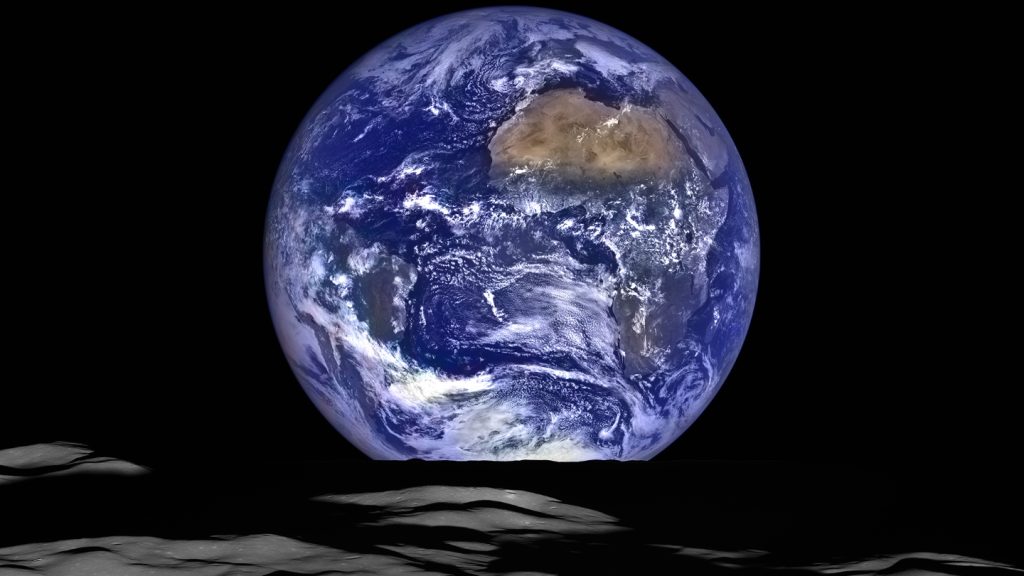Scientists are currently facing the challenge of preserving biodiversity in the face of extinction threats like climate change, environmental disasters, and wars. One solution that has been discussed involves building a biorepository on the moon. A research team led by Mary Hagedorn has proposed the idea of constructing a vault in a permanently shadowed region at the moon’s south pole, where temperatures remain around -196 degrees Celsius. This frigid temperature is ideal for storing animal cells long-term, making it potentially more stable than Earth-based repositories.
The inspiration for this moon vault comes from the Svalbard Global Seed Vault in Norway, which encountered issues when melting permafrost flooded the vault in 2017. The lunar ark design is different from a previous proposal that suggested utilizing lava tubes beneath the moon’s surface, as this would require a solar-powered cooling system. The new idea of a vault in the moon’s shadowed regions would not require energy or constant human maintenance. The cold temperatures at the moon’s south pole make it an attractive location for preserving valuable cells like fibroblasts, which can be transformed into stem cells for cloning.
While the concept of a lunar vault holds promise, there are several challenges that need to be addressed. These include radiation exposure, the effects of microgravity on the samples, and the potential for dust contamination. Researchers are working on designing radiation-proof storage containers and plan to test prototypes on future moon missions. The long-term goal is to collaborate with the scientific community and various stakeholders to garner support for the project. It is also essential to engage with communities for whom the moon holds cultural significance.
The types of samples that could be deposited in the lunar vault include those from endangered species, pollinators, ecological engineers, and species that could aid in human space exploration. Feedback on the proposal is welcome, as the project is still in early stages of development. The ultimate aim is to find an inclusive path forward to store biological materials on the moon, while addressing technical, logistical, and ethical considerations. The success of this ambitious initiative will depend on international cooperation, technological advancements, and input from a diverse range of perspectives.


